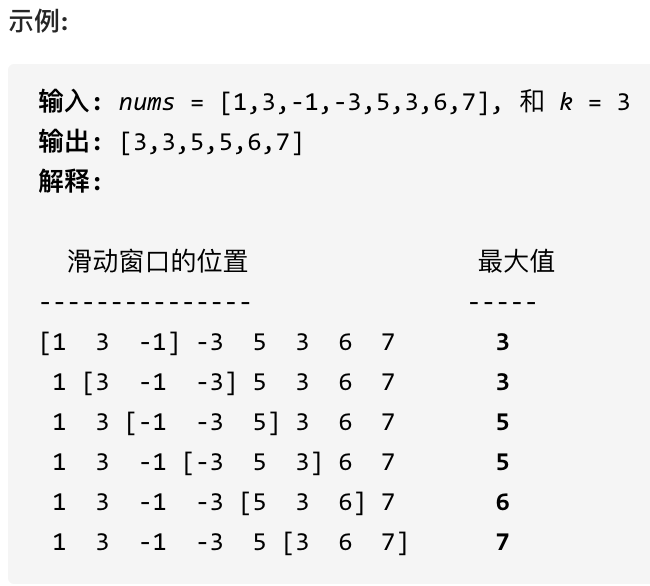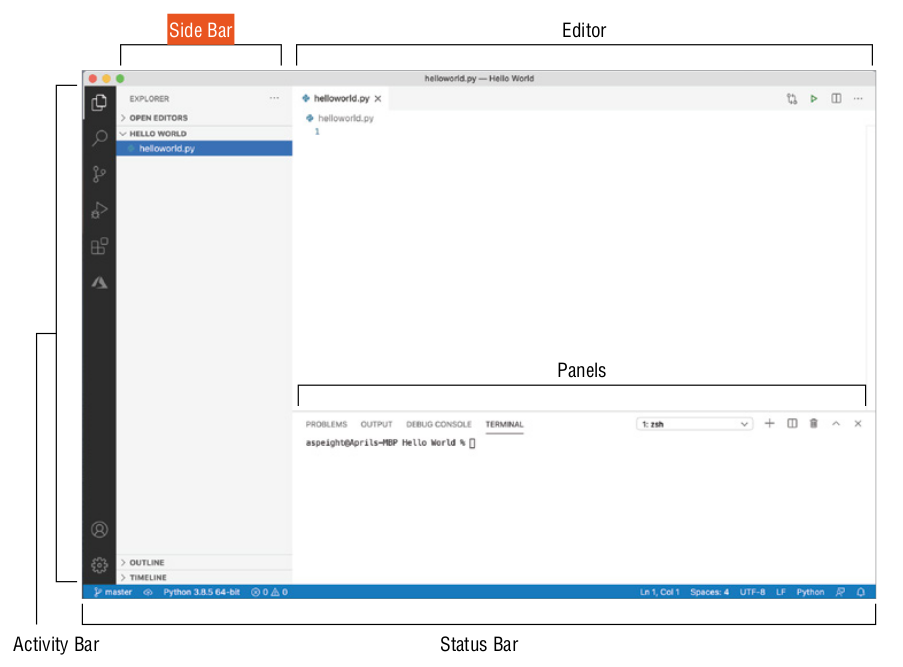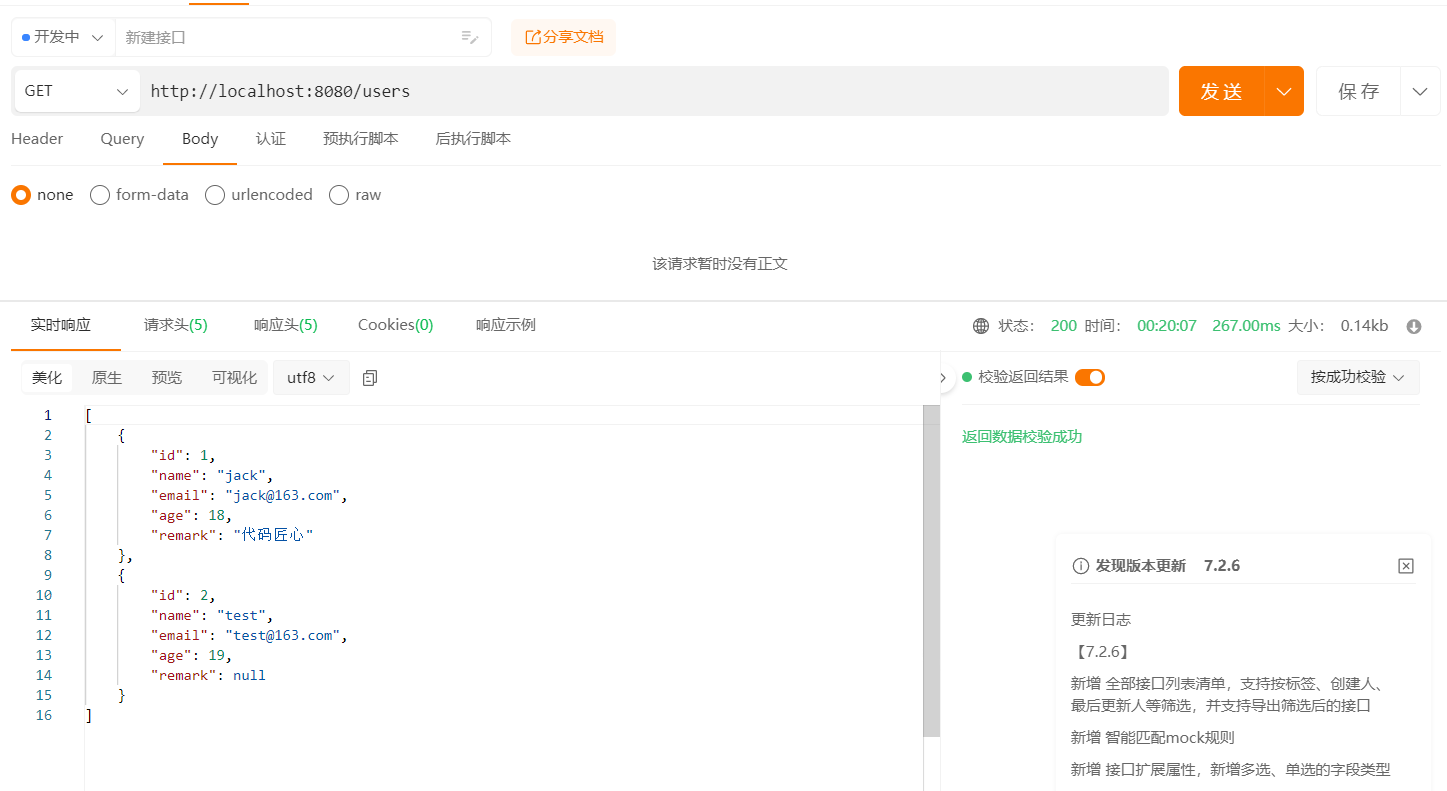七.Vue-router
vue-router是vue.js官方路由管理器。vue的单页应用是基于路由和组件的,路由用于设定访问路径,并将路径和组件映射起来。
传统页面切换是用超链接a标签进行切换。但vue里是用路由,因为我们用Vue做的都是单页应用,就相当于只有一个主的index.html页面,所以你写的<a></a>标签是不起作用的,你必须使用vue-router来进行管理。
vue-router是一个插件包,所以我们还是需要用npm来进行安装的。打开命令行工具,进入你的项目目录,输入下面命令。
npm install vue-router --save-dev
如果你安装很慢,也可以用cnpm进行安装,如果你在使用vue-cli中已经选择安装了vue-router,那这里不需要重复安装了。


方式1:
<router-link to="{path:'/editUser',query:{id:user.id}}"></router-link>

接收参数:
接收的页面中的vue对象中: this.$route.query.id
方式2:
this.$router.push({path:'/users'})

完整案例:
创建News.vue组件
<template>
<div>
这是新闻列表页
<li v-for="news in newsList" :key="news.id">
<router-link :to="{path:'/newsInfo',query:{id:news.id}}"> {{news.title}}</router-link>
</li>
</div>
</template>
<script>
export default {
name: "News",
data:function(){
return {
newsList:[
{
id:"1",
title:"新闻1",
content:"新闻1的内容"
},
{
id:"2",
title:"新闻2",
content:"新闻2的内容"
}
]
}
}
}
</script>
创建NewsInfo.vue组件
<template>
<div>
{{news.content}}
</div>
</template>
<script>
export default{
name:"NewsInfo",
data(){
return {
news:{
id:"",
title:"",
content:""
}
}
},
mounted(){
//获取传过来的参数id
this.news.id= this.$route.query.id
var newsList=[
{
id:"1",
title:"新闻1",
content:"新闻1的内容"
},
{
id:"2",
title:"新闻2",
content:"新闻2的内容"
}
]
var index = newsList.findIndex( item => {
if(this.news.id == item.id){
return true;
}
});
this.news=newsList[index]
}
}
</script>
设置路由:
import { createRouter, createWebHashHistory } from "vue-router";
//import Home from "../views/Home.vue";
const routes = [
{
path:"/",
name:"News",
component:()=>import("../views/News.vue")
},
{
path:"/newsInfo",
name:"NewsInfo",
component:()=>import("../views/NewsInfo.vue")
}
];
const router = createRouter({
history: createWebHashHistory(),
routes,
});
export default router;
设置App.vue主组件
<template>
<div>
<!-- <router-link to="/">Home</router-link> |
<router-link to="/about">About</router-link> -->
<!-- 展示当前路径对应的组件内容 -->
<router-view />
</div>
</template>
<style lang="scss">
#app {
font-family: Avenir, Helvetica, Arial, sans-serif;
-webkit-font-smoothing: antialiased;
-moz-osx-font-smoothing: grayscale;
text-align: center;
color: #2c3e50;
}
#nav {
padding: 30px;
a {
font-weight: bold;
color: #2c3e50;
&.router-link-exact-active {
color: #42b983;
}
}
}
</style>
a标签
点击a标签从当前页面跳转到另一个页面
通过a标签跳转,页面就会重新加载,相当于重新打开了一个网页
router-link
通过router-link进行跳转不会跳转到新的页面,不会重新渲染,它会选择路由所指的组件进行渲染
总结
通过a标签和router-link对比,router-link避免了重复渲染,不像a标签一样需要重新渲染减少了DOM性能的损耗
























